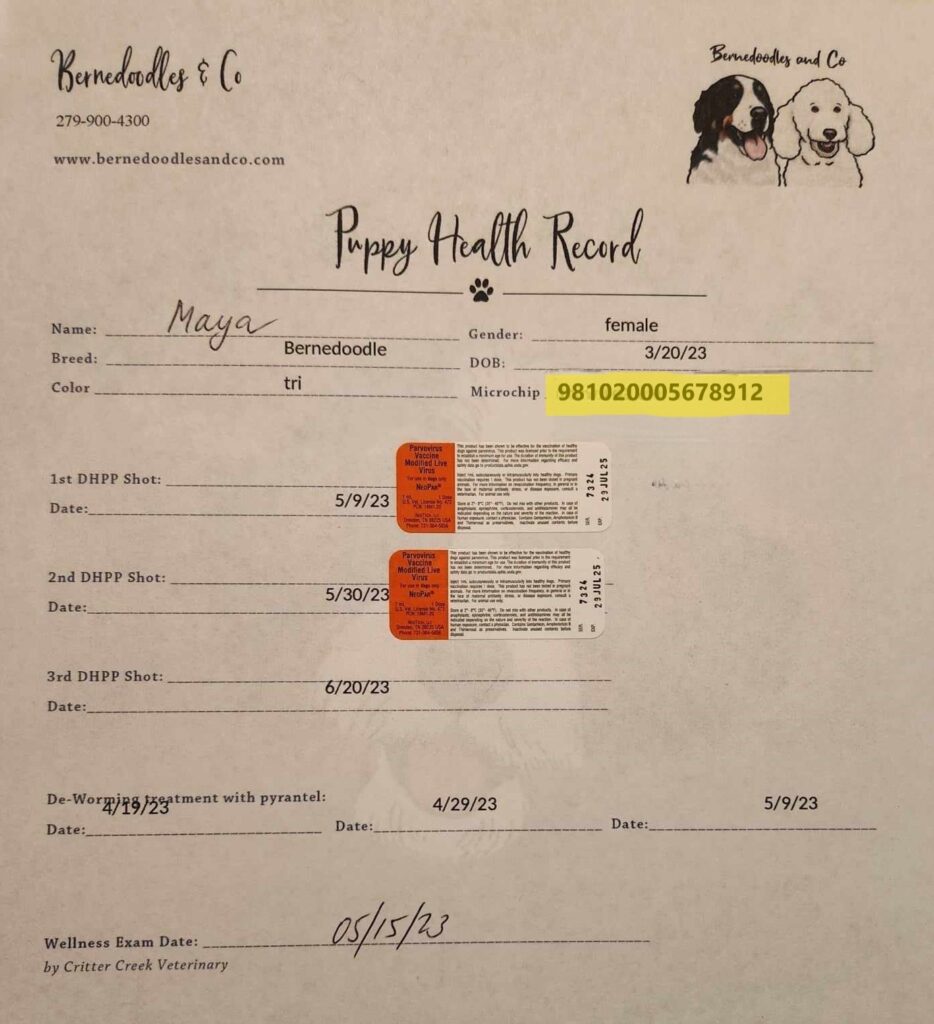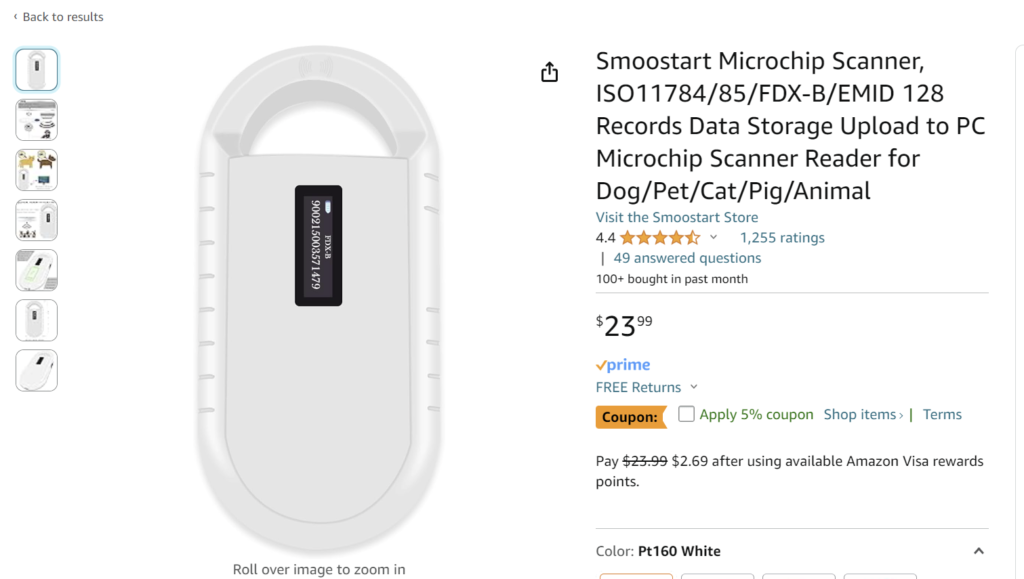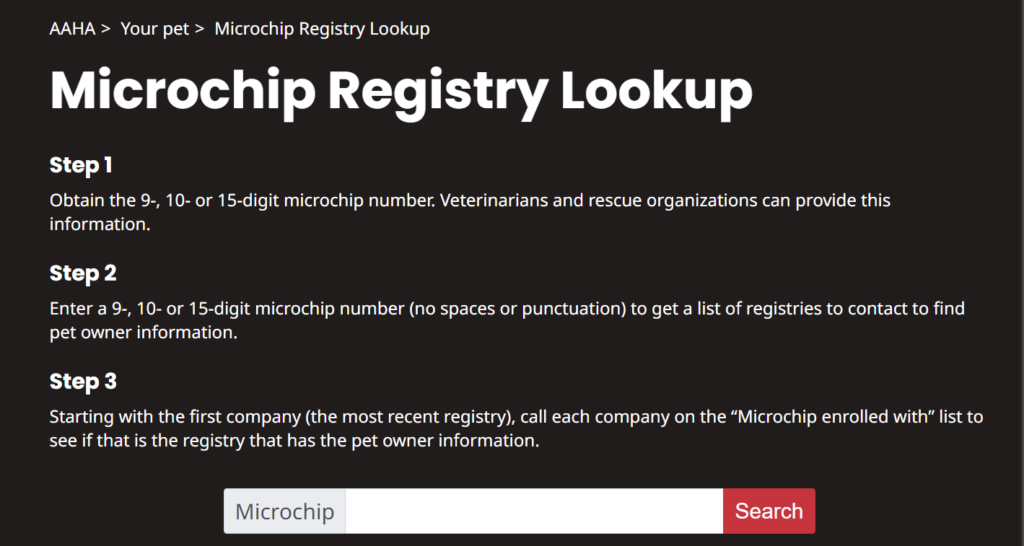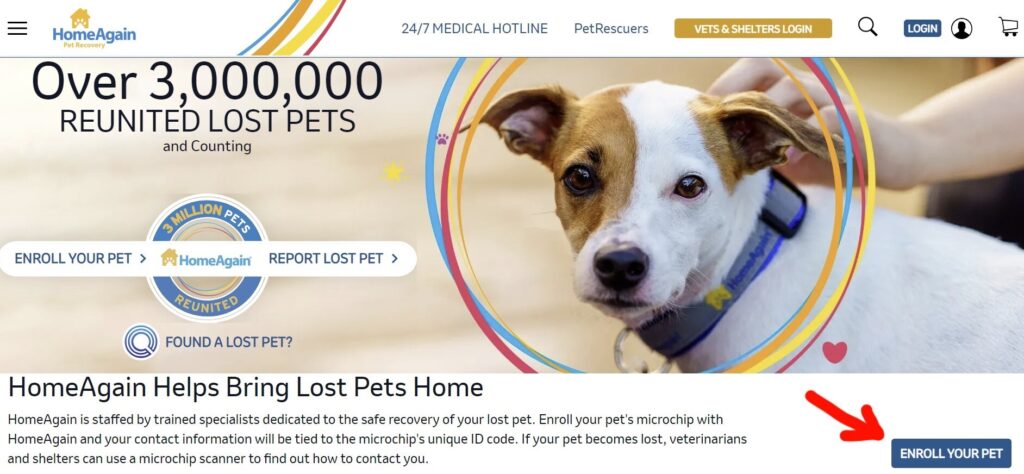
Learn how to find your pet’s chip number, run a search, and register it in your name.
Not sure if your pet’s chip is registered? Dont delay! It will take just a few minutes to complete this important step.
1) Find the chip number
The chip number should be on any paperwork that came with the acquisition of your pet. If you adopted from a shelter, purchased from a breeder, or got them from another individual, you should have received paperwork with medical and other information.
If your pet is chipped, the number should be on this paperwork. If it isn’t, or you’re not sure if the pet is chipped, you can get them scanned at any veterinarian or shelter (be sure to call before bringing them in). Even better, if you know someone who does rescue or lost pet recovery, they may have a scanner that they can bring to you. This is especially helpful in the case of cats who often don’t travel well.

The price of microchip readers has dropped dramatically in recent years. A serviceable scanner can be purchased online for as little as $25! Note that these scanners only read the current ISO-compliant 15-digit chips which is okay if your pet is younger than 10 years. Older pets may have 10 or 9 digit chips which the inexpensive scanners cannot read.

2) Check registration
There are online tools which enable you to quickly check if your pet’s chip is registered. In the United States, the site to use is PetMicrochipLookup.org. In Australia it’s Pet Address and in the UK Check-a-Chip. Simply type your pet’s chip number in the box and click on Search. Next you will see a screen showing if the chip is registered, with which company, and on what date.

Contact info for the registries will also be displayed, or the contact info for the manufacturer if the chip has never been registered. See live demo in the video above.
3) Register the chip
Most registrations can be completed online in minutes. This process may take longer if there are complications; for example, if the pet is still registered to a previous owner and a transfer is required. The directions for registration or transfer should be on each registry’s website.
I recommend that you first update the owner info on the manufacturer’s website, for example Home Again or Pet Link. Typically, there will be a button to click to register a microchip.

From there, you will enter the chip number and the registry will do a search to see if it is already in the system. If not, you will be directed to a form where you can enter all of your contact info. Be sure to add an emergency contact you trust who can be reached quickly in your absence.
Most registries have a free basic option. While some paid registration packages include valuable services like a live 24/7 call center, others include bells and whistles like pet insurance and ID tags that you may not need or want to pay extra for. For more information see my article on the Best free pet microchip registries.
That’s it! For more info on the hows and whys of microchipping check out How do pet microchips work? and Which pet microchip registry is the best?




